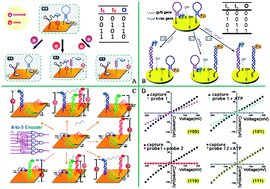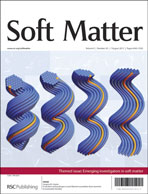Biocomputing, a subarea of unconventional chemical computing, is performed by DNA, protein/enzymes, and other living organisms. Recently, various biomolecular logic gates employing optical changes or PAGE measurements have been studied intensively using various inputs. However, the low detection speed, which is an inherent characteristic of the PAGE method, has prevented it from being developed technologically. Most of the biomolecular logic gates reported to date are mainly based on fluorescence, phosphorescence, or colorimetric outputs, which are laborious, time-consuming, and unsuitable for directly detecting subtle structures. They also suffer the limitations of cumbersomely interfacing the optical outputs with nonmolecular-based technologies. In this context, biomolecular assisted electrochemistry is one of the most popular techniques due to the combined advantages of high sensitivity, specificity, small volume requirements, low cost, and the possibility of mass production via the microelectronic industry. In addition, it is necessary that the future of molecular logic gates elements is strongly related to the successful linkage of molecules onto a conductive or semiconductive support. In this highlight, we will focus on the bioelectronic computing devices based on DNA, enzymes, and biofuel cells.


 Please wait while we load your content...
Please wait while we load your content...